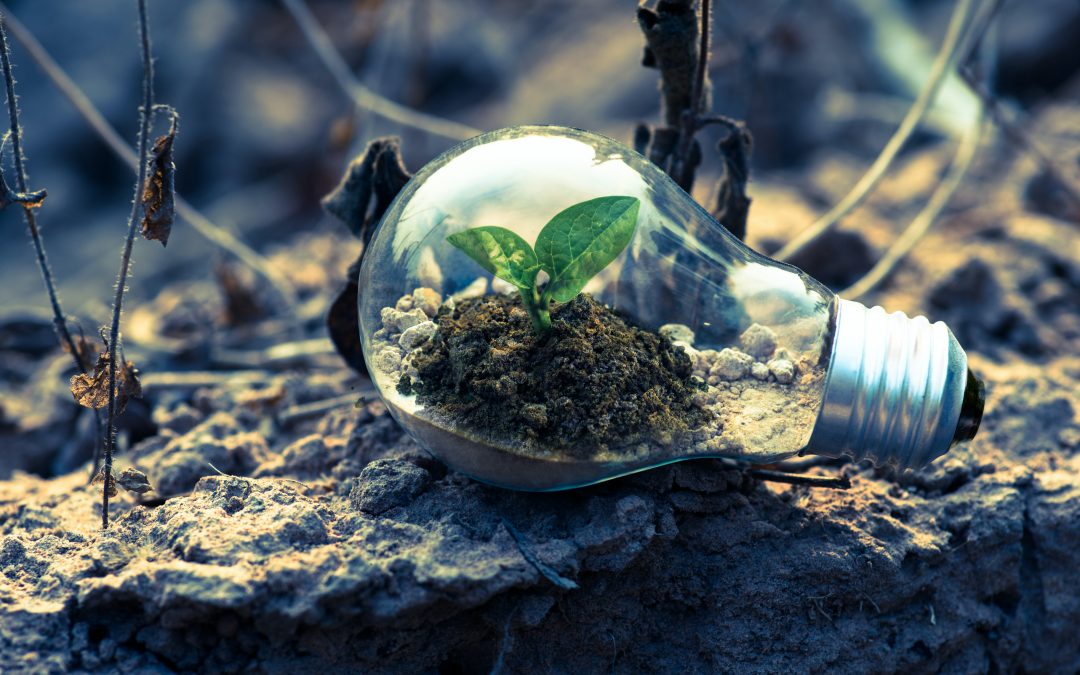


EU-India relations: More than a marriage of convenience?
Author: Jan
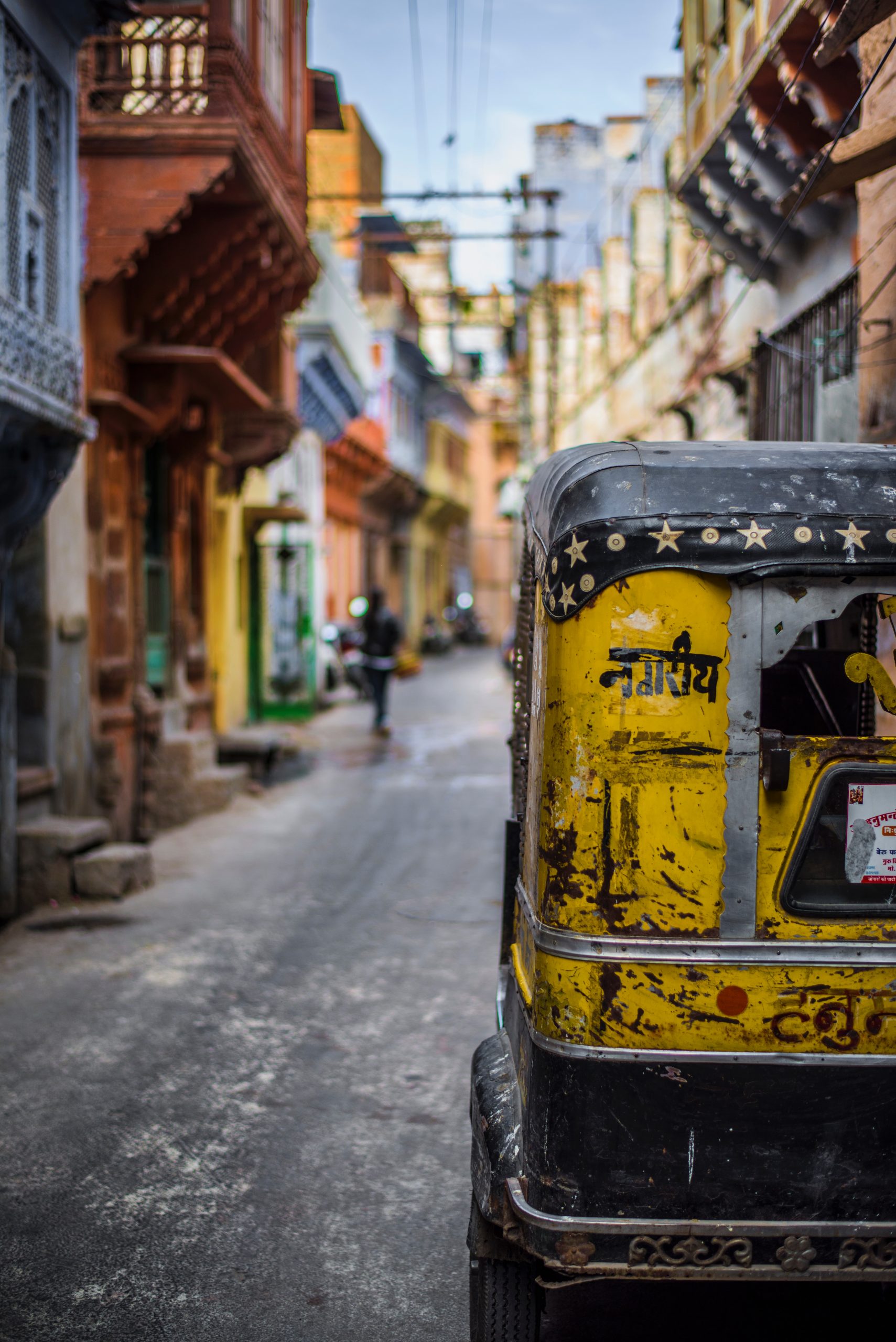
Portugal has declared an intensification of the EU’s relations to India as one of the primary foreign policy goal of its current EU Council presidency. Until the 1960s, Portugal occupied parts of the Indian province Goa as a colonial power and, to this day, maintains close relation to India.[1] With Great Britain leaving, the EU has lost a powerful foreign policy actor and needs to revise its future geopolitical strategy.[2] Against this background, an EU-India summit will be held in Mai 2021 in Porto. Portugal’s minister of foreign affairs Augusto Santo Silva praised the imminent summit as the “jewel in the crown” of Portugal’s foreign policy efforts throughout its Council presidency. The summit is supposed to pave the way for a renewed trade and investment agreement between India and the EU. Similar efforts were put to rest in 2013 in view of the EU’s opposition to India’s protectionist tendencies in its agricultural sector as well as the country’s large-scale production of generic pharmaceuticals. [3]
If the EU is to avoid getting caught in the crossfire of the ongoing US-China feud, Brussels is well advised to diversify its economic relations towards India. Reaching out to India is likely to relieve Brussels’ diplomatic tensions with the two superpowers, despite entailing great potential for the EU’s digital progress. India is one of the world’s leading forces in the digital economy and stands out with pioneering innovations in the area of artificial intelligence. [4]Hence, a closer cooperation with India could be a game-changer in the EU’s digital transition and assist the EU in developing digital production capacities of its own. Besides cooperation in the digital field, Indian companies count as global market leaders in the solar power industry, therefore, a partnership could help materialize the EU’s ambitious
new green deal.[1] The European Investment Bank has already invested large sums in promising solar power projects in India with prospects of further investments in the future.[2]
While the EU already is one of India’s largest trading partners, a free trade agreement could result in significant gains of €8 billion, as calculated in a recent study by the European Parliament.[3] In terms of trade relations, India comes close to being a dream partner with a view to its enormous growth potential. As Geert Bourgeois (MEP), focal person on EU-India trade deal in the Parliament, states “it always becomes richer and younger. The growth potential is enormous.”[4] The COVID-19 pandemic has only reinforced both sides’ ambitions to reach a closer economic agreement. While the EU seeks to diversify its supply chains in the attempt to lower its dependence on China, India presents itself as a viable investment alternative. Particularly in the area of manufacturing, India challenges China’s global dominance by attracting contract manufacturers from Europe.
An intensified future cooperation with the EU would not only deepen India’s economic relations with Europe, but also serve as a gateway to other regions of the world. According to political scientist Monica Dias from the University of Lisbon, the signal the EU sends to India should sound as follows: “Look, India: If you deepen your cooperation with the EU, you can use the continent to move further to South America and Africa. These linkages, these bridges are quite important.”[5] However, stronger economic ties are not the only driving force behind the intended rapprochement with India. As the largest democracy in the world, India can be understood as a value partner to the EU. With this in mind, a closer alignment between India and the EU creates the potential of a global counterweight to autocratic China. Portugal’s Minister of Foreign Affairs recently stated, “We cannot overlook the world’s biggest democracy.” [6]Similarly, India’s ambassador to the EU consents to the notion of common values and highlighted that “sharing values of freedom and rule of law lends an element of comfort in our interactions which may not be present with others who adhere to different values.” [7]
Regardless of the enormous potential, Brussels and New-Delhi need to overcome strong mutual reservations before sealing a deal. Brussels disapproves of India’s high tariffs and local content requirement, while New-Delhi is sensitive about any attempts to impose climate and labour standards on its population.[8] Nonetheless, India is on its way to fulfil its Paris Climate Agreement goals and the GDPR inspired similar data protection endeavours in India.[9] Despite some difficulties, it appears that a level playing field to launch negotiations between India and the EU is soon to be in place.
[1] https://www.tagesschau.de/ausland/eu-ratspraesidentschaft-portugal-101.html
[2] https://www.nzz.ch/international/portugal-uebernimmt-ratspraesidentschaft-in-der-eu-ld.1595250
[3] https://www.politico.eu/article/china-rise-eu-india-trade-deal/
[4] https://www.dqindia.com/can-india-next-artificial-intelligence-superpower-heres-industry-leaders-think/
[1] https://www.carbonbrief.org/iea-india-is-on-cusp-of-a-solar-powered-revolution
[2] https://www.eib.org/en/press/all/2018-063-record-eur-1-billion-european-investment-bank-support-for-global-solar-investment-confirmed-ahead-of-international-solar-alliance-summit
[3] https://www.politico.eu/article/china-rise-eu-india-trade-deal/
[4] https://www.politico.eu/article/china-rise-eu-india-trade-deal/
[5] https://www.tagesschau.de/ausland/eu-ratspraesidentschaft-portugal-101.html
[6] https://www.dw.com/de/sozialer-gr%C3%BCner-digitaler-portugals-pl%C3%A4ne-f%C3%BCr-die-eu-ratspr%C3%A4sidentschaft/a-56072474
[7] https://www.politico.eu/article/china-rise-eu-india-trade-deal/
[8] https://www.politico.eu/article/china-rise-eu-india-trade-deal/
[9] https://www.politico.eu/article/china-rise-eu-india-trade-deal/
Your content goes here. Edit or remove this text inline or in the module Content settings. You can also style every aspect of this content in the module Design settings and even apply custom CSS to this text in the module Advanced settings.
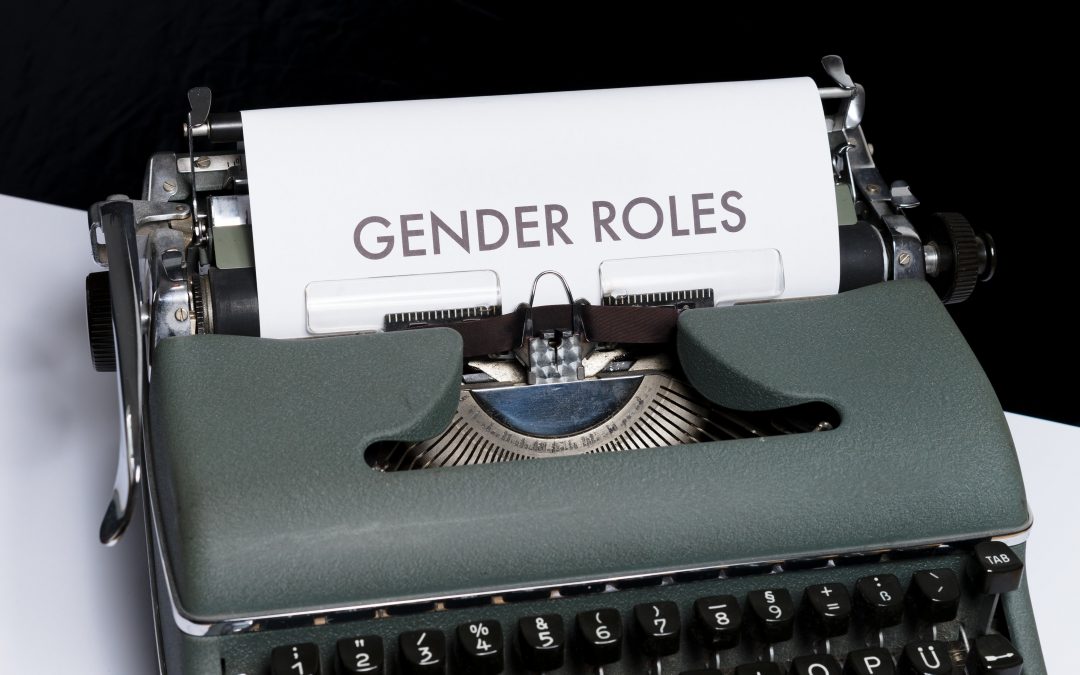
The Female Sense of Europe
Author: Paula
Female leadership is considered as especially dynamic, skilled in negotiating and commonly characterised by a great sense of justice. So how come that the female face of our European population is largely underrepresented in top positions and seems to be burdened by a great deal of injustice and inequity?
First and foremost, it is important to define the term female considering the juxtaposition of sex and gender. According to the Cambridge Dictionary female means “belonging or relating to women, or the sex that can give birth to young or produce eggs” – not really flattering but for this article the focus will lean on the biological attributes of humans, the sex. Even though the socially constructed role and behavior of people – gender – shallbe reflected at another time, we cannot avoid taking into consideration the socially constructed view of femininity – rather, this seems to be the key point of major social inequality.
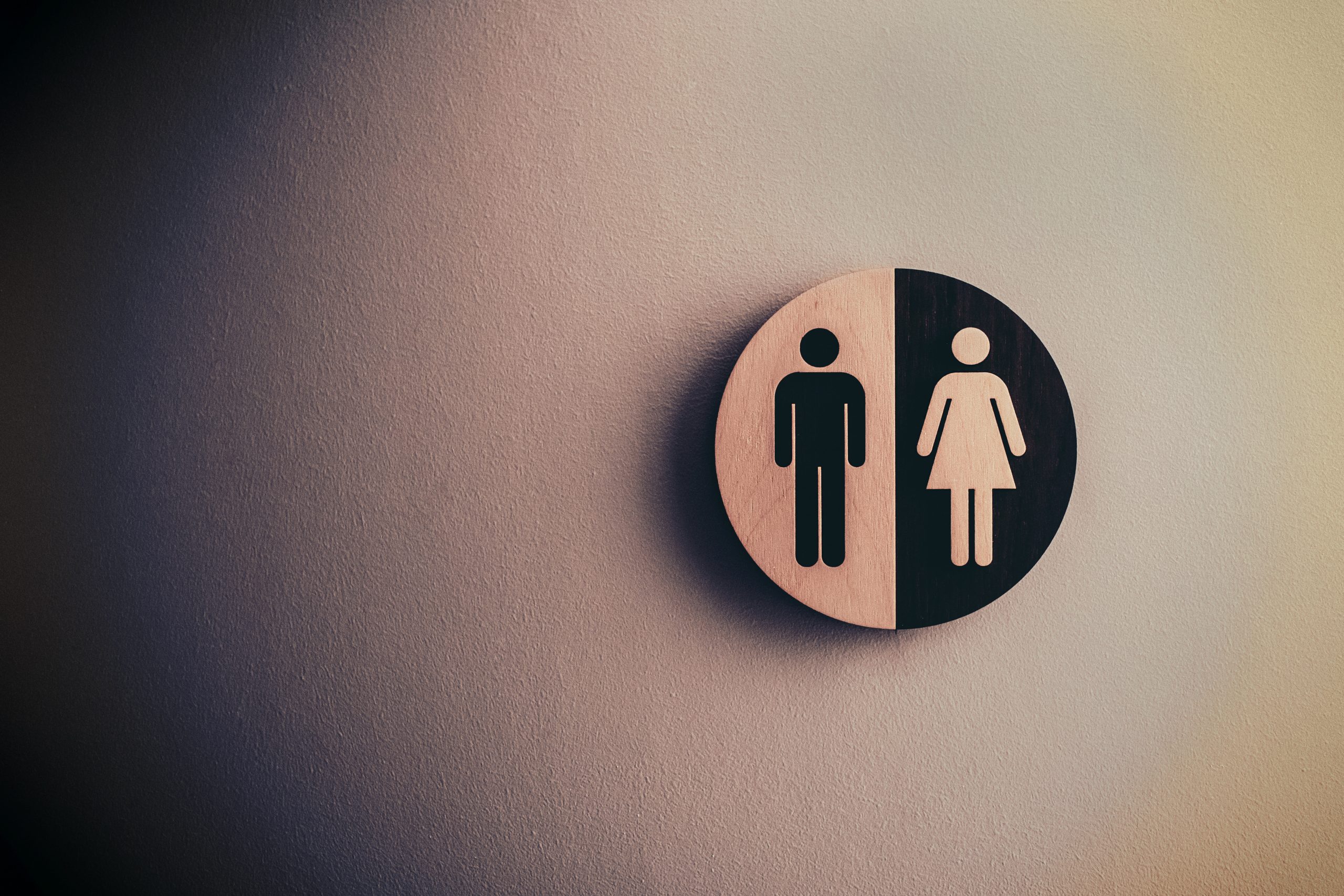
The female role in our society
The role of female inhabitants of the European Union (EU) is multilayered and complex. Throughout the EU females graduate, work, care for others, give birth and raise their children and of course, so do males (mostly). But let’s take a closer look at the numbers to determine the particular inequities European females face nowadays.
The European population amounts to 447.319 million, more than half of which – 228.763 million – are female. Even though there are numerically more females, this does not reflect in the reality of their representation in society.
The Gender Pay Gap – how unreasonable
Even though the Gender Pay Gap within the EU is no new phenomenon, it still stands at 14.1%. It shows the difference between the average hourly earnings of working males and females. Thus, females on average earn 14.1% less per hour than their male counterparts. A female earns €0,86 for every €1,00 a male gets. This, in turn means that females work almost two months for free each year, compared to males. Looking at the current Trio-Council Presidency and its three member countries, the comparison is remarkable: While Portugal (8.9%) and Slovenia (9.3%) perform quite well in the overall picture of the EU27, Germany sets a disastrous counterweight with a Gender Pay Gap of 20.1%.
How is it possible that such a large Gender Pay Gap occurs in such an advanced country, in a Union and community of states based on the principle of equality? Well, it turns out there are other gaps and inequities that lead to the gender-based gap in wages. While females face challenges such as unpaid extra work, caring for others and daily discrimination, they also have to make their living in a segregated labor market.

The multiplicity of gender-based gaps
According to EU27 data the Gender Employment Gap stood at 11.7% in 2019, with 67.3 % of females across the EU being employed compared to 79% of males. Although almost 60% of graduates across the EU are female, the labor market features a large underrepresentation of females. On top of this, female representation in top positions does not look very rosy either. Across the EU, there are less than 6.9% of female top companies’ CEOs and only 34% of managers are female. Of the Trio-Council Presidencycountries, Slovenia is doing comparatively well with 42% female managers, while Portugal (36%) and Germany (31%) both do not seem to be very progressive.
If we now – just for a short moment – put away all the negative delusions of injustice and focus on the current Corona Virus Pandemic, it becomes clear that where there are female leaders and heads of state, theyhave often been framed as proud figureheads in their ability to lead their countries. The new common tone is: Female leaders are more reasonable, level-headed and make smarter decisions due to their steady hand. With regard to the fact that only 11.1% of the EU27 leaders are female, it may be less of a surprise that the current political situation throughout the EU seems like it is hard to manage.
![markus-winkler-qox5EIqtctQ-unsplash[73]](http://newsroomeurope.splet.arnes.si/files/2021/04/markus-winkler-qox5EIqtctQ-unsplash73-scaled.jpg)
We need and may have some role models!
But despite all the negativity, there is something positive worth mentioning. The EU Institutions, especially the European Parliament, could become role models. Although the proportion of females in the European Parliament only lies at 40.4%, the number of females in top positions is considerably higher: 57% of Vice-Presidents are female and so are 54.54% of Committee Chairs. Furthermore, as the first female president of the European Commission, Ursula von der Leyen is setting a remarkable example for other females and successive female candidates.
It is necessary to look beyond one’s horizon from time to time and focus on the inequities many females across Europe are still facing. For our joint future – consisting of equal females, males and gender-diverse people – it is crucial to acknowledge the above-mentioned facts and, through joint effort, transform them into factors of an equal and fair European society. It’s not about pushing males from their positions. Rather, we should make common cause – we should all come out of our comfort zones and look at each other, with the same basic and human values of equality and fairness in mind. If we will look at the above-mentioned numbers in a few years and the representation of females in the labor market, in top and leading positions has increased, then we might have been able to communicate and listen to each other. Then perhaps the female sense of Europe has turned into a distinct and indispensable female side of Europe – what a different world, what a wonderful world that will be.
Links/ Sources:
- https://brussels.fes.de/fileadmin/user_upload/Inequality_in_Europe_-_final.pdf
- https://ec.europa.eu/info/sites/info/files/factsheet-gender_pay_gap-2019.pdf
- https://ec.europa.eu/eurostat/statistics-explained/index.php/Gender_statistics#Labour_market
- https://ec.europa.eu/info/policies/justice-and-fundamental-rights/gender-equality/equal-pay/gender-pay-gap-situation-eu_en
The death that sparked the protests across Europe
Author: Tjaša & Kristijan
His tragic death is powering a movement against police aggressive brutality and racial discrimination.

Who was George Floyd and why he will be forever remembered.
George was born in New York city to his father George Perry and mother Larcenia. His parents divorced in his early years and that lead himself and his mum moving with their siblings in Texsas.
When George was growing up he was known as “Big Floyd” and his nickname certainly matched with his humorous personality. He was a jokester, cracking jokes at all times. Everything changed on May 25, 2020. A 46 years old African-American was killed in Minneapolis, Minnesota, during an arrest for allegedly using a fake bill. His name was George Floyd.
A white officer named Derek Chauvin, knelt on Floyd’s neck for almost eight minutes while George was handcuffed and lying face down, repeatedly begging for his life and saying:
“I can’t breathe”.
During the final two minutes of his short life, Floyd was motionless and had no pulse while Chauvin refused to remove his knee, which he did not do until medics told him to.
In almost an instant videos that were shoot with security camera went viral all over the internet. People were furious and started responding. All four officers were fired, but people wanted justice for Floyd’s death. Chauvin, the man who killed Floyd was charged with third-degree murder and second-degree manslaughter, to which was later added second-degree murder. The three other officers were charged with aiding and abetting second-degree murder.
His death triggered many protests against police brutality, police racism and even lack of police accountability. In the start of June, the Minneapolis City Council took action to ban chokehold and require police officers to intervene against the use of excessive force by other officers.
Chauvin the man who was kneeling on Floyd’s neck was later bailed out of jail by people founding his bail on crowdfunding sites like GoFundMe, IndieGoGo and Kickstarter. The rumor has it that Chauvin himself put up the campaign himself.
What is racism
Racism is a form of discrimination which is often described as severe negativity towards nationality. It is based on judgment of racial differences between people and it is shown in behavior, discrimination and acts.
We know that in Slovenia there is no lack of racism, which is shown in many different forms. The loudest and dangerous in work of politics and its civil exposures, that they are selling racism as home loving, then are this subculture as are football supporters, skinheads, who were in the past frequently dealing with people of color on the streets of Ljubljana, the capital of Slovenia.
European Union reacts to the death of George Floyd
From Berlin to Barcelona, thousands of people are rallying against racial inequality and police brutality. The protest movement was denounced as “reckless” for ignoring social distancing rules.
Slovenia
A few dozen people gathered outside the U.S Embassy in Ljubljana to support of anti-racism protests in the United States which were started with the tragic death of George Floyd following his arrest by Minneapolis police.
Spain
Thousands of people in Spain were engaged in anti-racism protests. Several thousand gathered in front of the US embassy in Madrid, many holding signs saying “I can’t breathe,” which were George Floyd’s last words.
Germany
Werder Bremen and Wolfsburg have become the latest German Bundesliga football teams to show their respect with the Black Lives Matter protests. Both sides took a knee before the game began, echoing a similar gesture made by fellow teams Borussia Dortmund and Hertha Berlin.
Denmark
At least 5,000 people have joined a demonstration against racism and police violence in Copenhagen. Protesters gathered in front of the US embassy in the Danish capital’s Osterbro district. Danish radio station DR reported that the call to action was made by the Danish branch of the Black Lives Matter movement.
England
A statue of English 17th-century slave-owner and merchant Edward Colston has been toppled to the ground by Black Lives Matter protesters in the UK city of Bristol.
Rights groups and protesters called earlier in the week for his statue to be removed. Colston left a big legacy on the city of Bristol with a lot of streets named after him.
Black Lives Matter protests were planned across all the UK for Sunday. Event organizers in Bristol say around 7,000 people turned out.
Italy
Rome has seen its first major rally against racism as thousands of protesters gathered in People’s Square. Most wore masks in the country that has seen one of the highest death rates from COVID-19.
Participants listened to speeches and waved placards reading “Black Lives Matter.” The peaceful rally was attended by people of all ethnic backgrounds and ages. At one point, demonstrators kneeled and raised a fist in solidarity with those fighting racism.
What will happen next with this protest movement in Europe and across the globe? Is it a one-off event with little long-term momentum or the start of a bigger wave of change? For now, it is hard to predict.
You Should Smile More
Author: Maja & Karmen
The Eu is a global leader in gender equality and has made significant progress in the last decades. But are things really equal for both women and men? Maja and Karmen tried to focus on that situation at work.
Your content goes here. Edit or remove this text inline or in the module Content settings. You can also style every aspect of this content in the module Design settings and even apply custom CSS to this text in the module Advanced settings.
Last year in the EU 33% of women were subjected to physical and/or sexual violence, while 55% were sexually harassed. This do not include just rape but also different types of sexual harassment like gender discrimination, physical harassment, verbal harassment, pay gap… The harasser can be the victim’s supervisor, an agent of the employer, a supervisor in another area, a co-worker or a nonemployee. What’s shocking is that six out of ten women in Europe have endured sexist treatment or suffered sexual violence during their careers.
And it’s not just harassment. Women often face difficulties even with getting a job because the employers know that somewhere in the future, they would have to take maternity leave and they will still have to pay her even though she won’t be working. They are also subjects of assumptions; women should go make a coffee for the meeting because she probably knows how to make it better or she should make notes because she probably has the best handwriting.
“Gender equality is a core principle of the European Union, but it is not yet a reality.”
https://ec.europa.eu/commission/presscorner/detail/en/IP_20_358 (President of the European Commission, Ursula von der Leyen)
Gender-based stereotypes in different professions
Imagine a nurse. Now imagine a doctor. Which gender do you see in which profession? Now picture flight attendant. Or a mechanic. It is more than likely that you saw a woman in the first position and a man in the second. That’s because even in 2020, we still see some professions strictly as a male or a female job. This is a problem for both genders, because it has an effect on kids and teenagers when they consider their career choices.
Women go after careers that are more feminine and have more flexible work hours, while men avoid these careers in fear they’d get looked down or be considered less masculine.
But stereotypes don’t just exist in terms of what profession is appropriate for which gender. What’s even more concerning is the fact that they exist within most of professions. We asked couple of women and men who works in a bar or a restaurant about their experiences with gender-based stereotypes. All of the women said that they often get comments like: “Do you have time after work”, “Smile, you would look prettier if you smile,” or just comments about their body in general. On the other hand, just one of the guys had an experience like that. Women also stated that it’s very common to be called things like sweetheart or honey; meanwhile with men this was never the case.
Getting comments like that is very common for women in all profession. The reason for this is because this kind of behaviour is commonly accepted by society and often excusable that it was meant as a compliment. But the truth is that every person should smile for himself and not to please others.
Slovenia is a hotspot of biodiversity
Author: Miha
Slovenia is the absolute champion in Europe in terms of the number of species per square kilometre of territory.
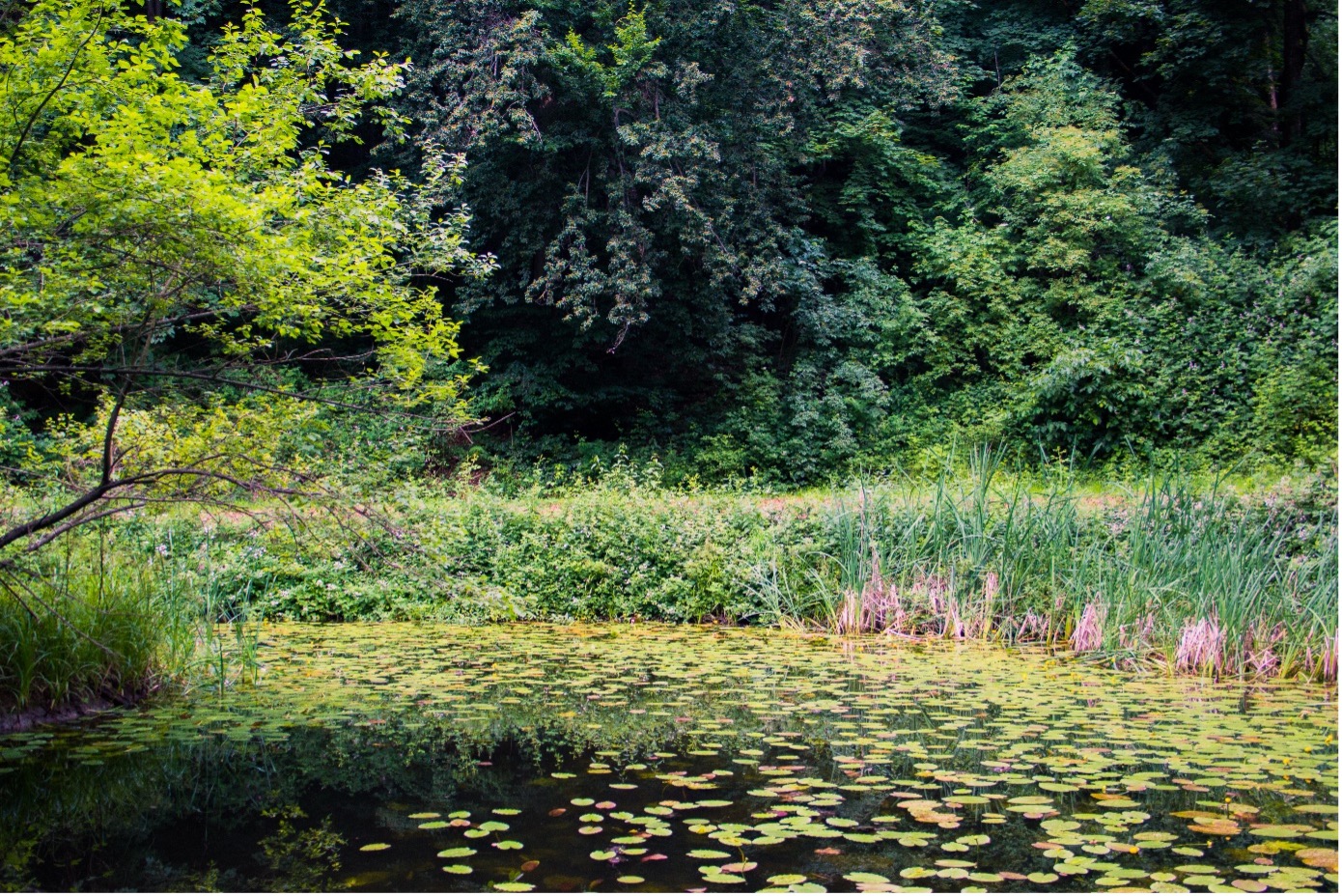
Picture 1: Dragon Lake
Image by Miha Turk
Slovenia is one of the biodiversity hotspots in Europe. Our country lies at the crossroads of the Alpine, Pannonian, Dinaric and Mediterranean biogeographical regions. It is characterized by a varied relief, diverse rock base and varied soil and climatic conditions. The consequence of such diversity factors is the great diversity of ecosystems and plant and animal species.
Absolute European champion
Scientists have so far recorded about 24.000 living species in Slovenia. Among them are 3.200 species of higher plants, 1.200 species algae, 3.000 species of fungi and 15.000 species of animals. More as a quarter of animal species are endemic.
Slovenia is the absolute champion in Europe in terms of the number of species per square kilometre of territory. According to some biodiversity indicators is among the richest even in the world. In European ecosystems are important mainly vast forests covering more than half of the country. Our country is our homeland karst, which is set with the richest cave fauna in the world. Slovenia covers a modest 0.004 percent of the earth’s surface, but at the same time is home to more than 2 percent of known terrestrial animal species.
Regardless of such species richness, they are too declining trends are noticeable in our country biodiversity. There was a big contraction wetlands that have been drained for agriculture over the past decades. The ones left are under lately severe pressure of urbanization. The damage was also suffered by the traditional agricultural landscape, which is increasingly biotical depleted due to the need for the cheapest, monocultural food production using agrochemicals.
Every inhabitant of Slovenia theoretically has one hectare of Slovenian territory available but it uses the ecosystem services of as many as four and a half hectares of land.
Green deal – plan to restore biodiversity
Slovenia also takes big part in the European green Deal which was first presented in December of 2019 and whose primary goal is to build a more sustainable European economy. This includes a new growth strategy that will transform the European Union into a modern, resource-efficient and competitive economy where there will be no net emissions of greenhouse gases by the 2050, where economic growth will be a decoupled from resource use and where no person and place is left behind.
Biodiversity loss and the climate crisis are interdependent. When one gets worse, so does the other. Restoring forests, soils and wetlands and creating green spaces in cities is essential to achieving the climate change mitigation needed by 2030.
The Green Deal provides a plan to restore biodiversity and cut pollution. European Union aims to be climate neutral in 2050 and reaching this target will require action by all sectors of our economy such as investing in environmentally friendly technologies, supporting industry to innovate, decarbonising the energy sector, choosing cheaper and cleaner forms of public transport and ensuring buildings are more energy efficient. The plan also includes making the EU a world leader in addressing the global biodiversity crisis.
Why should we conserve biodiversity?
Nature has a wonderful attribute of self-cleaning, self-renewal and development. However, only as long as our exploitation remains within the limits of sustainable use.
It is very difficult to imagine that in nature it is all connected, interdependent, and that these connections are very complex. Bugs and tiny insects in the soil are small but indispensable components of human life that must maintain balance, power renewal, cleansing, and growth to be human can survive.
Insects need to pollinate our crops; aquatic plants, snails, vortices, crustaceans, and other small organisms must maintain the self-cleaning power of our rivers. For us perhaps insignificant beetles must be food for birds and bats to take care of it, that we do not get unpleasant or harmful insects reproduced too much… Plants must retain the amount of oxygen in the atmosphere at which we have evolved, and which is fit for our life.
The consequences of for example, the disappearance of some butterfly species are not shown immediately. We know the diversity of species and habitats give nature stability, from which we depend on. This stability means that we have the guaranteed goods we are used to – drinking water, a suitable climate, food, and crops. Broken stability of nature for us means the occurrence of unforeseen and unforeseen events.
The world has exceeded the limits of sustainable use in the 80 ‘s years of the 20th century. First because of ignorance and no knowledge of natural laws, and later due to selfishness and indifference to what is common with us. At the beginning of the third millennium, the burden on ecosystems by humanity exceeded the absorption and the regenerative capacity of planet Earth.
Today, despite the complexity of nature and ignorance of all the details, we know enough that no knowledge is no longer an excuse. We just cannot afford indifferency anymore!
Current problem
In these times a big problem for Slovenian biodiversity and nature is also Covid-19 crisis which has mutated from a health issue to a full-blown economic and societal crisis. The whole world is affected, and states in both hemispheres are attempting different measures to try to save their economies. In Slovenia, on 30th April, the government announced a new “anti‑Corona law”, to protect the health of their citizens and “revive the economy – especially the building sector”. But the government also snuck in measures to completely undermine the country’s environmental safeguards.
They excluded environmental NGOs from participating in formal Environmental Impact Assessments. For some large construction projects such as windfarms or powerlines or investments in agricultural intensification, Environmental Impact Assessments are not even required at all. And many of the EIAs that are currently running can simply be cancelled. On top of that, deadlines to file lawsuits at the administrative court – an essential legal tool against environmental crimes – have been cut back from 30 to 15 days.
So, how can we help at the moment?
At the moment, we can help the Institute of the Republic of Slovenia for Nature Protection. When you notice one of the four species of beetles – carob, alpine, oak or beech goat, enter your observations on the web portal www.sporocivrsto.si. You will help them collect data on rare, endangered, Natura 2000 species of beetles.
We can also help the nature and biodiversity by recycling, using bikes and public transport, eating local food, using eco friendly products and so on. There are many more ways to preserve biodiversity, but we all need to consider them. Let me end this article with this quote by Helen Keller: “Alone, we can do so little; together we can do so much.”
Sources:
https://zrsvn-varstvonarave.si/wp-content/uploads/2019/09/Biodiverziteta__Koncna_verzija_2306.pdf
https://www.zurnal24.si/slovenija/25-let-slovenije/slovenija-je-vroca-tocka-273261
https://ec.europa.eu/info/strategy/priorities-2019-2024/european-green-deal_sl
Miha Turk

Nedavni komentarji